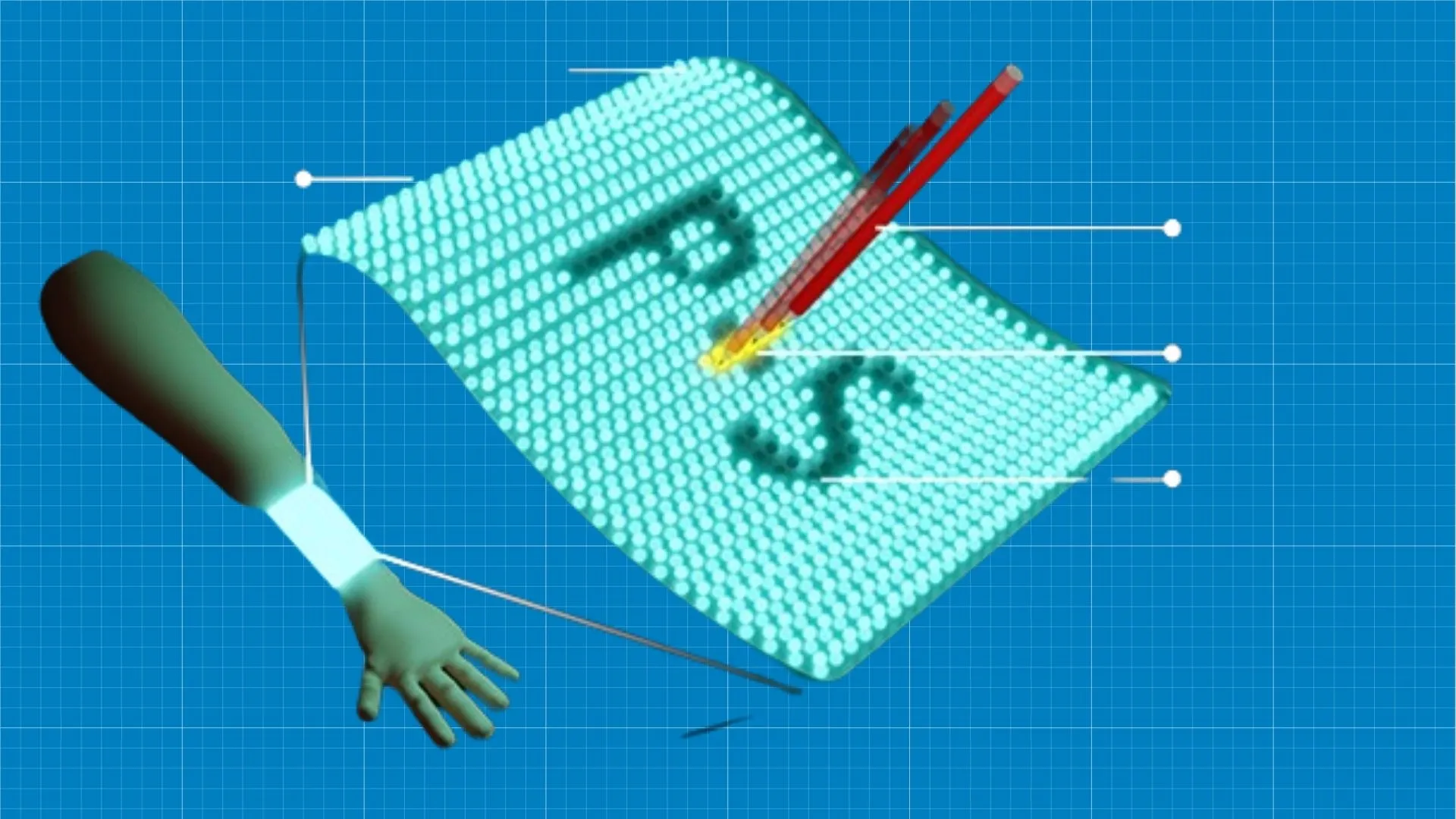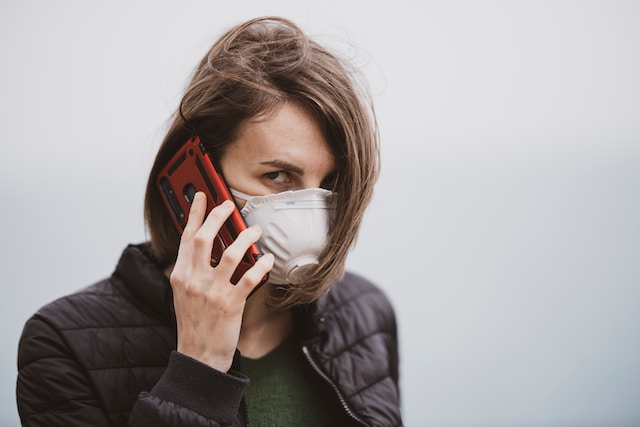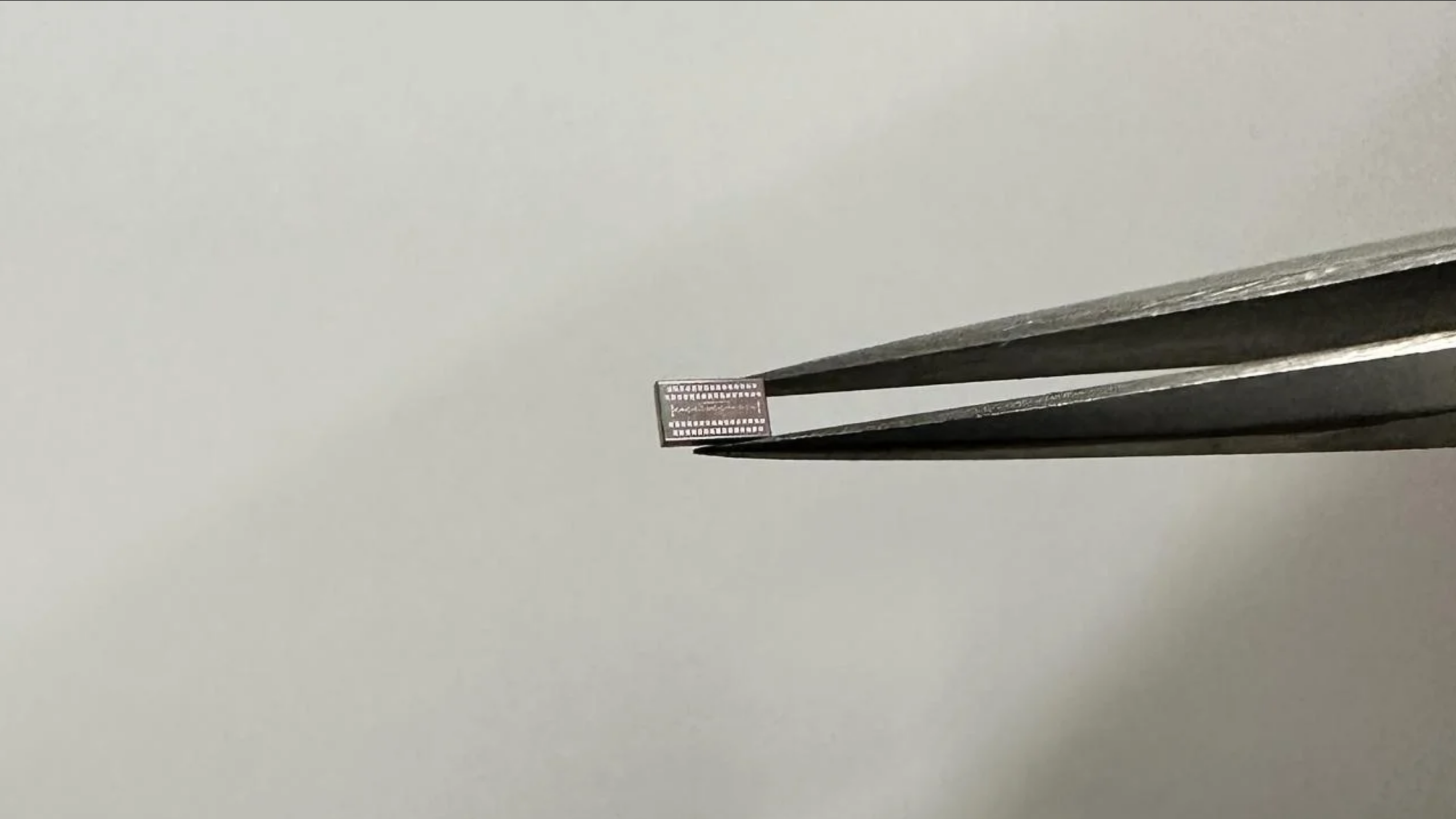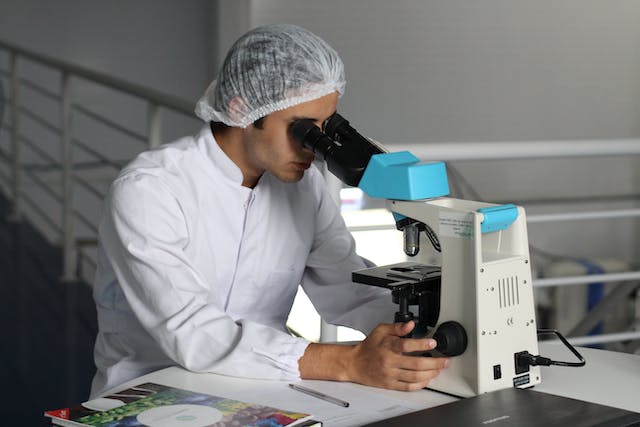Crab, shrimps, and lobster are some of the most delicious types of seafood, but their tough shells are usually thrown away as food waste from restaurants.
But instead of just throwing them away, researchers from the University of Maryland’s Center for Materials Innovation want to use a chemical found in these shells to make batteries more sustainable, according to research.
Crustaceans such as crabs, shrimps, and lobsters have exoskeletons made of cells that have a substance called chitin. Chitin is the second most abundant natural polysaccharide, after cellulose.
Scientists created a renewable battery by combining the chitosan electrolyte derived from chitin with zinc, a naturally occurring metal to make cheap and safe batteries.
Lithium-ion batteries have environmental and human costs
As the world transitions towards green energy and electric vehicles, using Lithium-ion batteries is not a sustainable solution, the batteries also need to be eco-friendly. But the chemicals used in these batteries are toxic and can contaminate water supplies and ecosystems, they can take hundreds of years to break down.
The race is on to develop new sustainable alternatives
The renewable battery using chemicals in crustacean shells remains 99.7% efficient even after 1,000 battery cycles, which is about 400 hours. The battery is not flammable and about two-thirds of this battery can break down in the soil in just five months.
With the growing demand for electric vehicles, this battery design may pave the way for developing high-performance and sustainable batteries for green energy storage.







